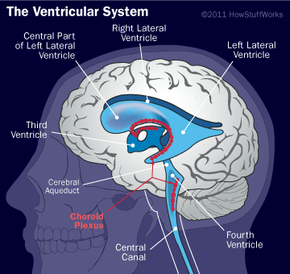The Injured Brain
When the brain is injured, whether by natural causes or trauma, there are three possible results: bleeding, swelling, or both. Causes for damage to the brain that may result in "brain death" include:
Trauma
- Open (Gun shot wounds, etc)
- Closed (Blunt injury, etc)
Anoxia (a period of no oxygen caused by drowning, hanging, smoke inhalation, carbon-monoxide poisoning, etc.)
Advertisement
Cerebral vascular accident
- Stroke (emboli blocking arteries feeding the brain)
- Ruptured aneurysm
- Infection (Bacterial, Viral, Fungal)
Tumor
- Non-metastasis
- Metastasis
Drug overdose
- Low blood-glucose levels
Bleeding in the brain can be catastrophic. Neurosurgeons can open the skull and try to control the bleeding. When the brain starts to swell, the ventricles collapse and the pressure within the skull starts to increase. The increasing intercranial pressure (ICP) must be treated or else major neurological problems occur. The physician will give the patient anti-inflammatory medications, high osmolar medication to reduce swelling and try to provide highly oxygenated blood, so any blood getting into the brain will produce the maximum benefit.
Even with everything being done to reduce bleeding and cellular swelling, the treatment may not be enough to control the ICP. As the ICP increases, there is nowhere for the swelling tissue to go because of the restrictions provided by the bony skull. Sometimes, the neurosurgeon will place a bolt into the skull. The bolt is screwed into the skull and has a hole in the middle, connected to a tube, which is used to remove some intercranial fluid, allowing for swelling and a way to measure the ICP.
If the ICP cannot be controlled, the pressure will continue until the ICP is the same as the patient's blood pressure. At this time, no blood will enter the brain, and the brain dies. In many cases, the pressure will increase to a point that the pressure will push the brain stem down into the spinal column. This is called brain herniation, and it results in instantaneous brain death.
